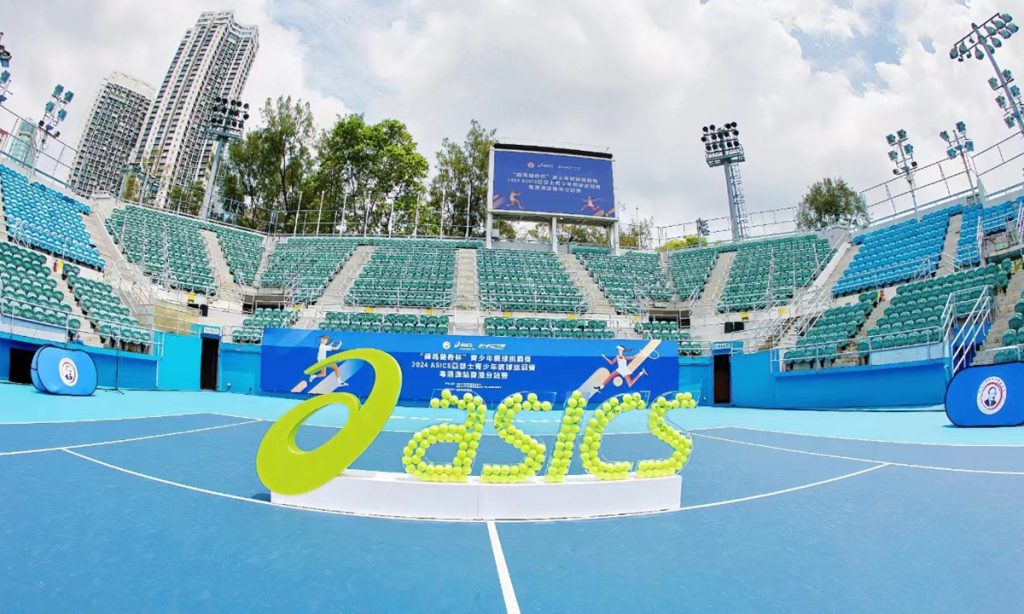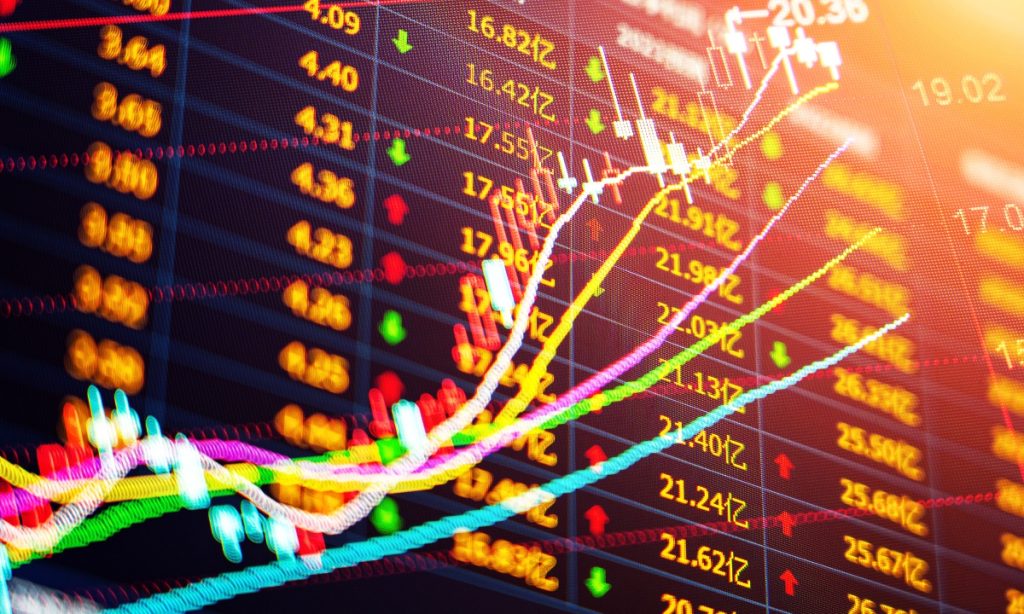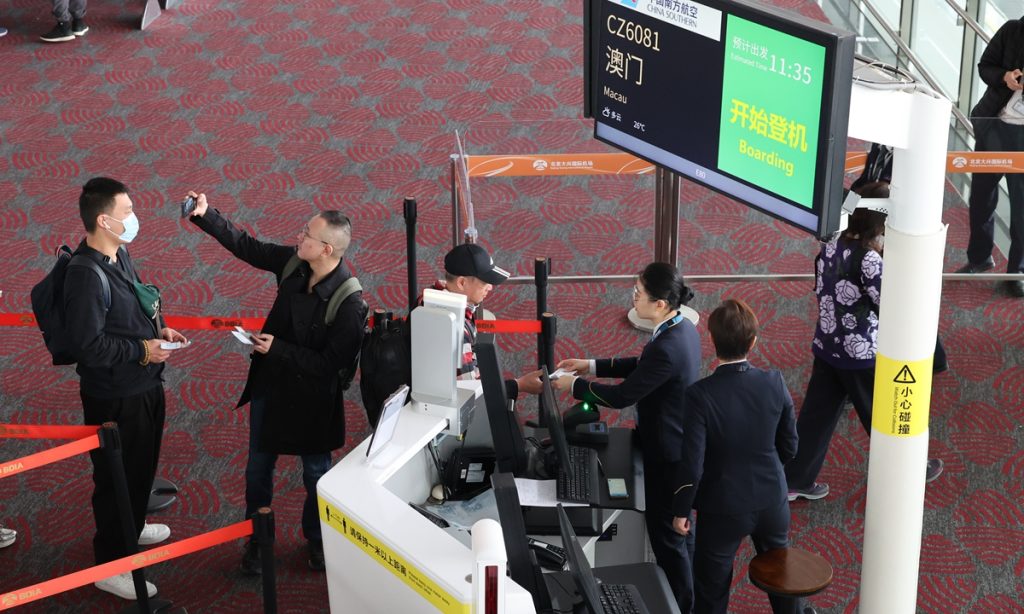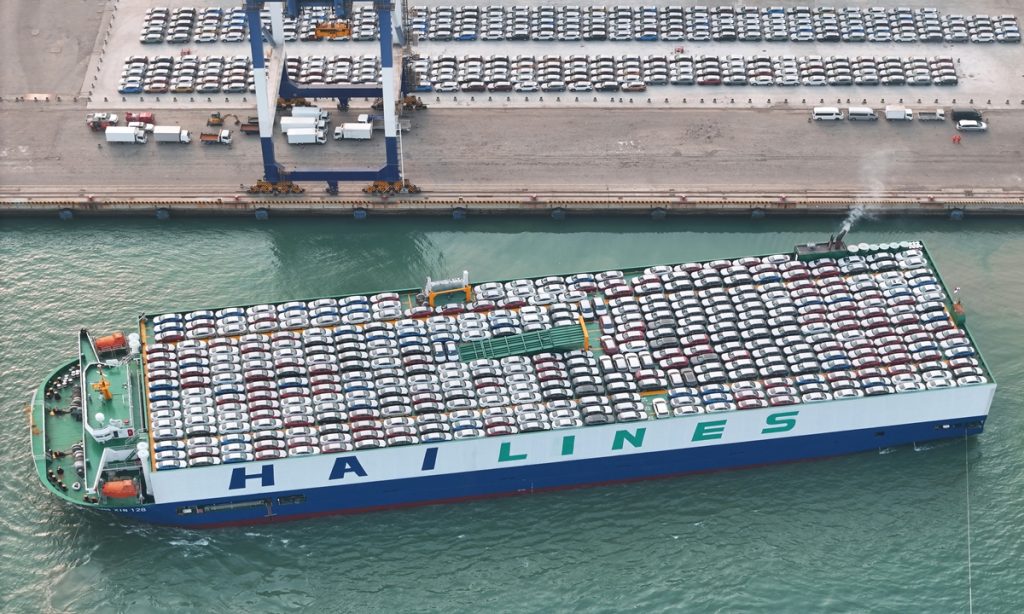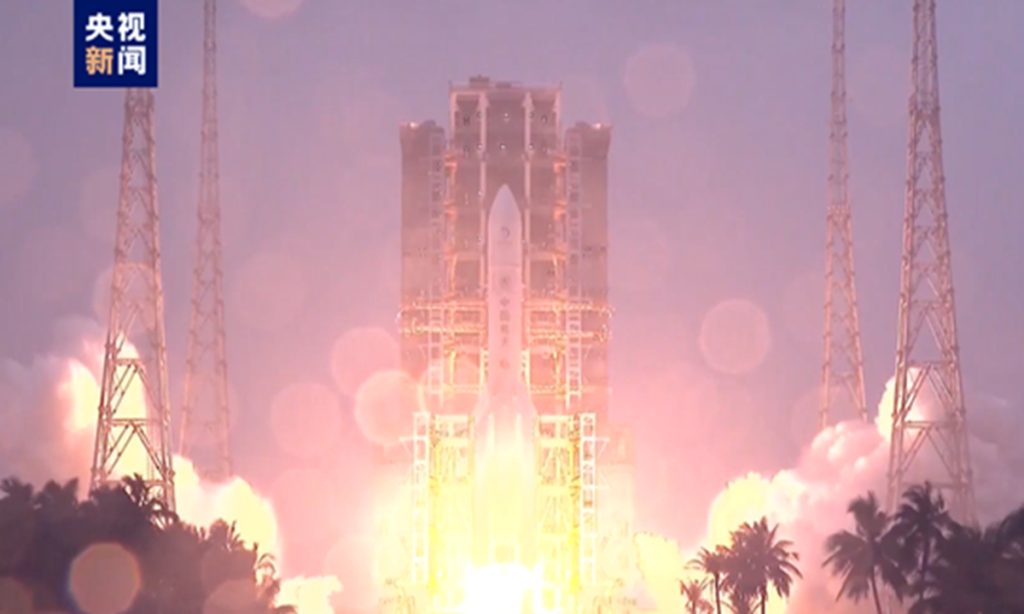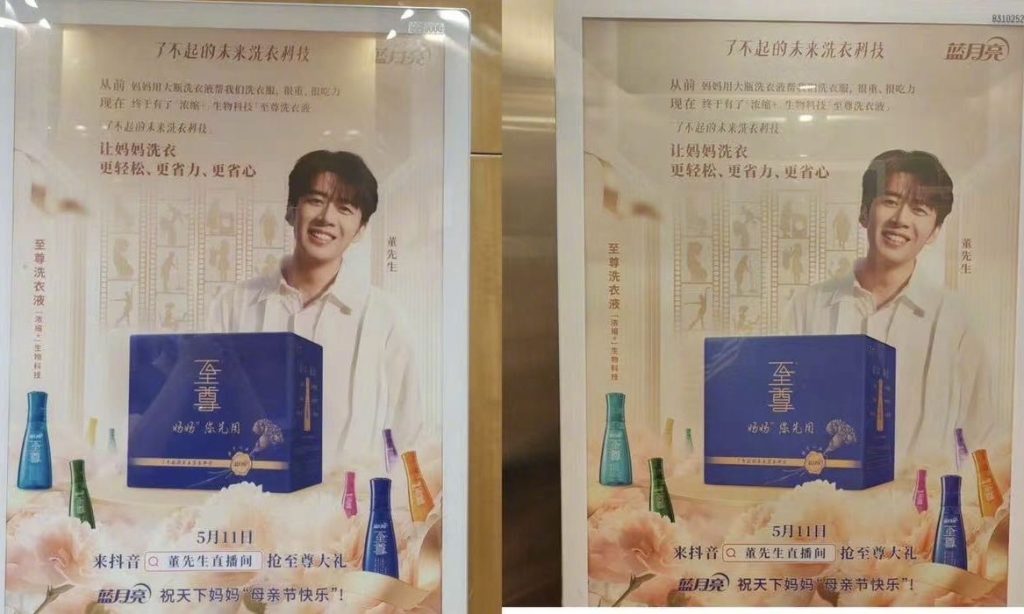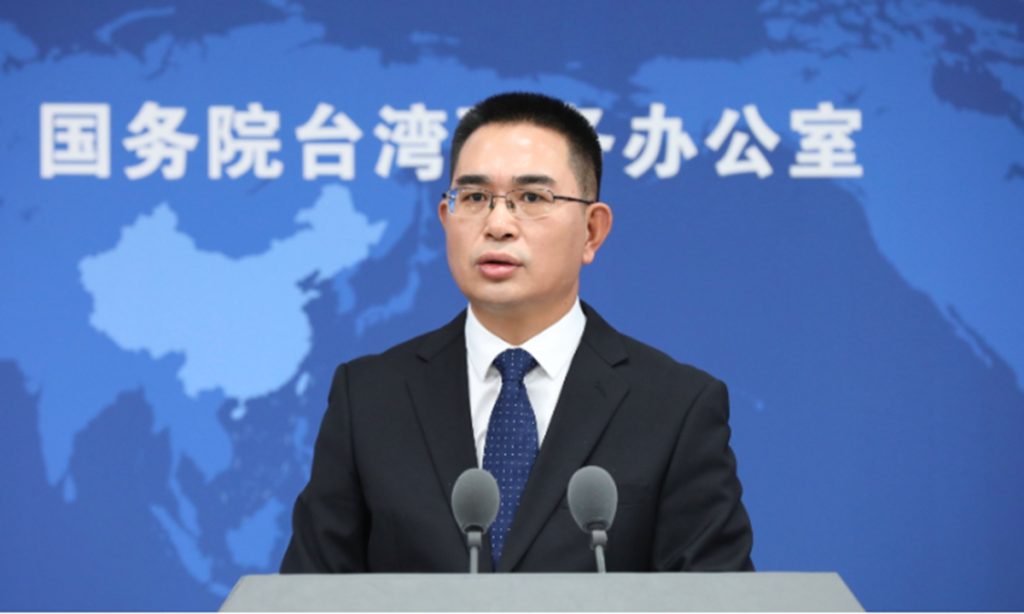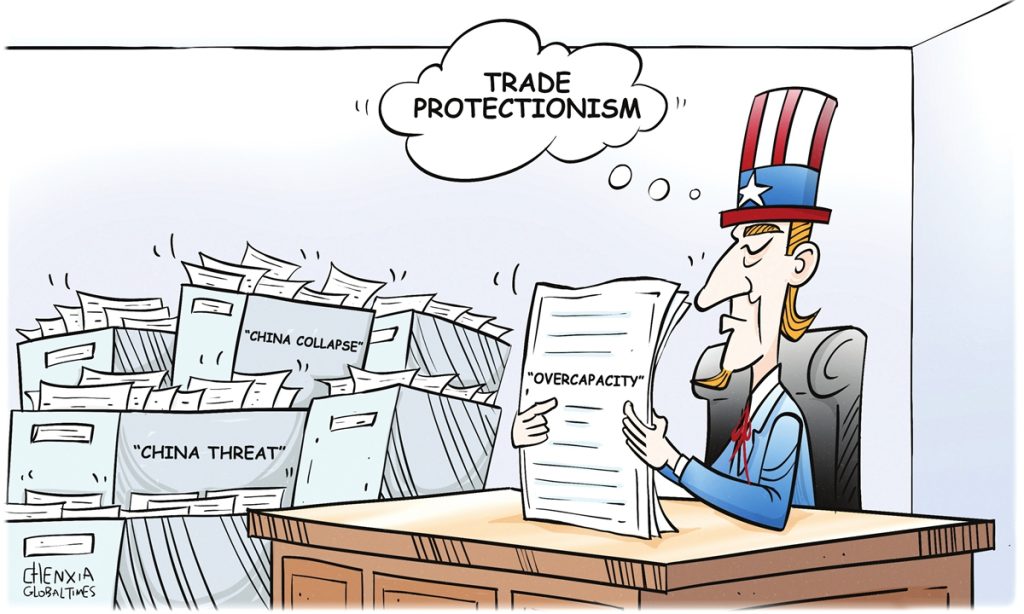China-Russia trade growth fuelled by energy, industrial products, benefiting both peoples
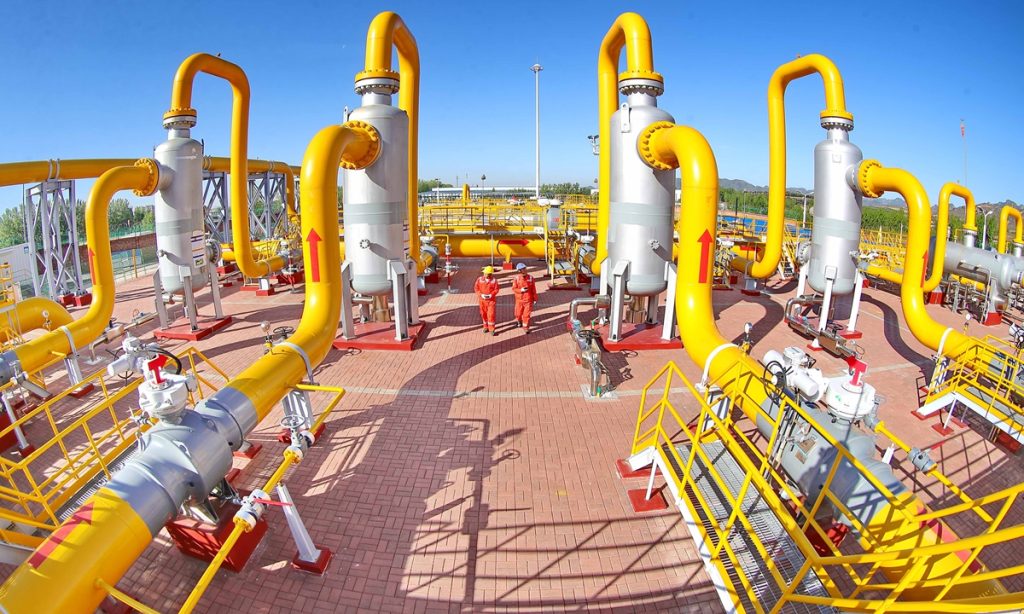
Under the strategic guidance of their top leaders, China and Russia saw economic and trade cooperation overcome a complex external environment to make steady progress during the recent years.
Chinese observers said China-Russia trade and economic cooperation offers great potential, as bilateral trade is forecast to reach $300 billion in 2025, and their cooperation in sectors such as agriculture and renewable energy generation bring new opportunities.
However, the US' groundless accusation against normal China-Russia economic and trade relationship, as well as the US' imposing sanctions on selected Chinese companies has stirred up more troubles, negatively impacting global flow of logistics and trade settlement, industry insiders said.
They noted that the US' pursuit of power play and hegemony in international affairs cannot hold back the global trend toward a multi-polar world.
Normal trade exchange
During recent years, trade between China and Russia has been expanding rapidly, while commodity structure optimization is ongoing. In 2023, bilateral trade between the two nations reached $240.1 billion, a historical high, achieving the established trade target of more than $200 billion ahead of schedule.
In the first four months this year, the trade volume between China and Russia grew by 4.7 percent year-on-year to reach $76.58 billion, according to latest data released by Chinese Customs.
Now, China-Russia oil pipeline and China-Russia east-route natural gas pipeline are operating at high capacity, and the number of freight containers transported through Heihe-Blagoveshchensk road bridge and Tongjiang-Nizhneleninskoye cross-border railway bridge continues to grow. And, the cooperation projects in energy, aviation and aerospace are being boosted steadily.
The scope and quality of China-Russia cooperation see constant improvement, Chinese Commerce Ministry official Liu Xuesong said at a news conference on May 6.
"Based on equality and mutual benefit, the economic and trade exchanges between China and Russia are normal and conforms to rules of international trade. It serves the interests of both peoples and the world at large," Song Kui, president of the Contemporary China-Russia Regional Economy Research Institute, told the Global Times on Wednesday.
Given the strong momentum of China-Russia relations, it's projected that bilateral trade volume will reach $300 billion in 2025, Song said.
In March 2023, China and Russia signed a joint statement on a Pre-2030 Development Plan on Priorities in China-Russia Economic Cooperation, underscoring both sides' commitment to improve the quality and structure of rapidly expanding economic and trade cooperation.
As part of the celebrations marking the 75th anniversary of the establishment of diplomatic relations between China and Russia this year, the 8th China-Russia Expo is being held in Harbin, Northeast China's Heilongjiang Province. The event fosters extensive discussions and negotiations between the two countries.
"By attending the expo, we aim to break into the Russian market this year. Russian people have a strong interest in traditional Chinese medicines (TCM), which provides a sound basis for the exports of our products," Gao Yuan, a manager from Shanxi Zhendong Pharmaceutical Co, which is engaged in the research and development of TCM, told the Global Times on Wednesday.
Gao said the great potential of China-Russia economic and trade relations gives a boost to the company's sales in Russia market.
As Russia continues to improve its infrastructure and local business environment, with policy rollouts to boost goods export and find more import substitutes, Chinese companies could move to further tap the Russian market, Chen Zhigang, director general of the Russian-Chinese Business Park in St. Petersburg, told the Global Times on Wednesday.
False accusations rejected
However, against the backdrop of the ongoing Russia-Ukraine conflict, the US continues to assault normal China-Russia trade, and has imposed sanctions on selected Chinese companies. The US Commerce Department recently announced a decision to add 37 Chinese entities to the country's export control "entity list."
China categorically rejects US' groundless accusations over the country's keeping normal economic relations with Russia, Chinese foreign ministry spokesperson Wang Wenbin said on April 23.
China's right to conduct normal trade and economic exchanges with Russia and other countries should not be interfered or disrupted. China's legitimate and lawful rights and interests should not be infringed on, the spokesperson said.
"The US' imposing economic sanctions on other countries for its own interests are typical examples of economic hegemony and American bullying," Song said.
But, the US' pursuit of hegemony in international affairs will not impede the trend toward a multi-polar world, Song said, noting that the US' unreasonable sanctions on other countries will erode the US dollar's dominant position in the world.
Given the financial sanctions imposed by the West on Russia, China and Russia should work to ensure that their bilateral trade is safe from the sanctions. More cooperation in the financial field, or within the BRICS countries, or between member states of the Shanghai Cooperation Organization, should all be explored, Chen said.
In an exclusive interview with the Global Times in April, South African Ambassador to China Siyabonga Cyprian Cwele said the BRICS are promoting the progress of its common currency, while actively promoting the use of local currencies from member states to reduce the risks of relying on the US dollar.
Song said more China-Russia trade is expected to be settled in Chinese yuan in the future. By taking advantage of platforms like the China-Russia Expo, the two countries could ramp up regional and corporate communications to deepen cooperation, he said.
